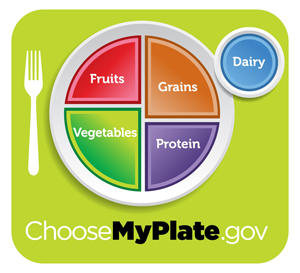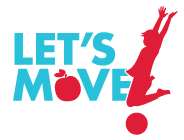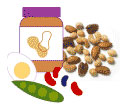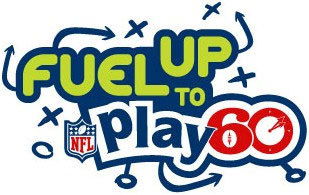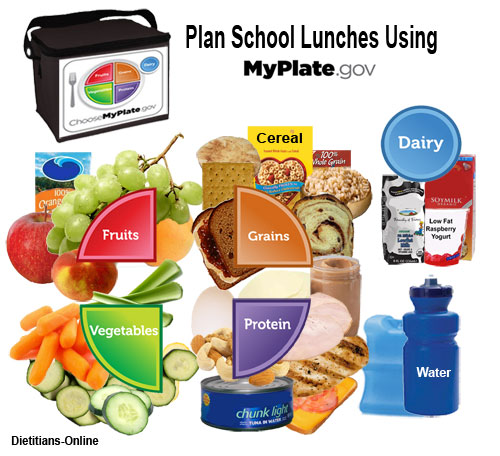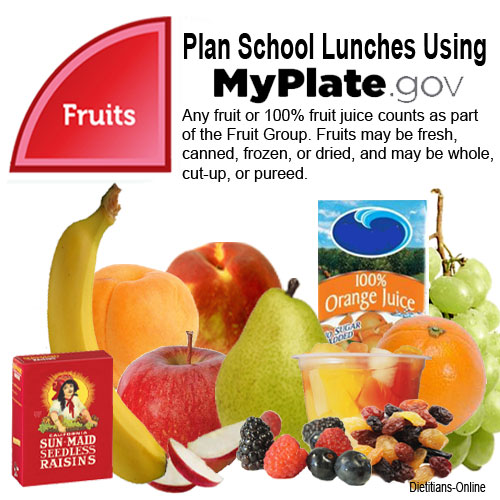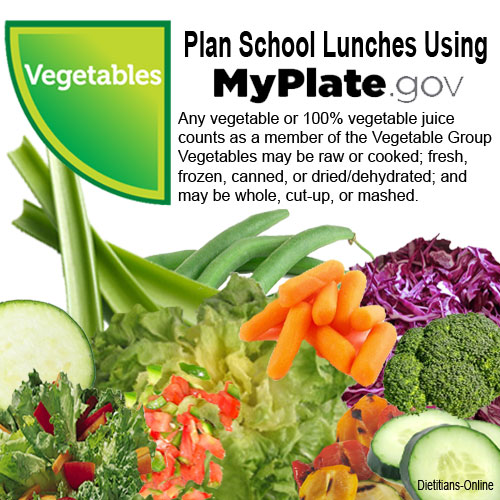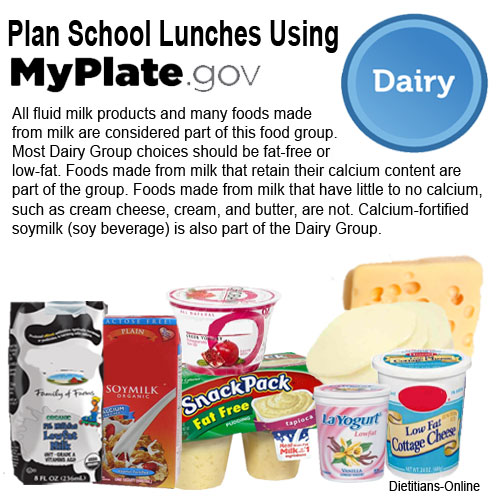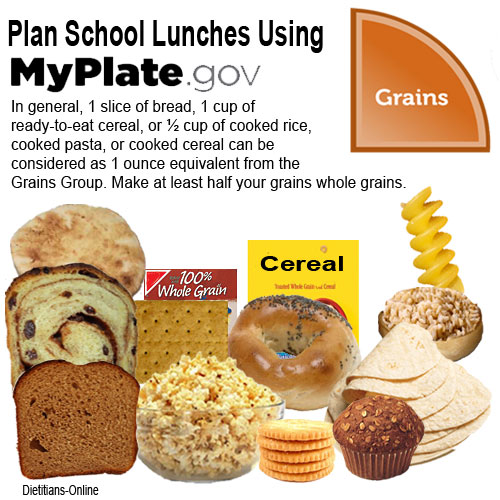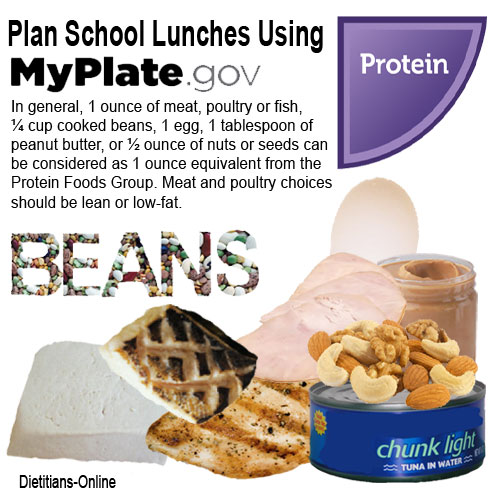Senator Tom Harkin (D-IA) and Representative Rosa DeLauro
(D-CT) are the Honorary Co-Chairs for Food Day 2011, and the day is sponsored
by the Center for Science in the Public Interest, the nonprofit watchdog group
that has led successful fights for food labeling, better nutrition, and safer
food since 1971. Like CSPI, Food Day will be people-powered and does not accept
funding from government or corporations—though restaurants, supermarkets, and
others are certainly encouraged to observe Food Day in their own ways.
Become a Food Label Detective
An Educated Consumer has the
Tools to Make Wise Decisions
An Educated Consumer has the
Tools to Make Wise Decisions
1. Reduce diet-related disease by promoting safe, healthy foods.
2. Support sustainable farms and limit subsidies to big agribusiness.
3. Expand access to food and alleviate hunger.
4. Protect the environment and animals by reforming factory farms.
5. Promote health by curbing junk-food marketing to kids.
6. Support fair conditions for food and farm workers.
A special thank you to Marcela Lucena, Erik Bustillo, and the Florida International University, Student Dietetic Association for helping spread the word about Food Day.










